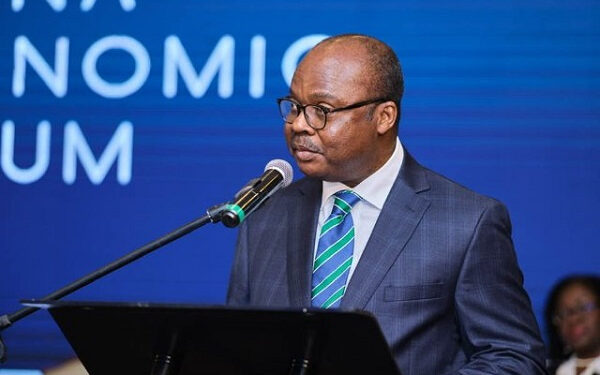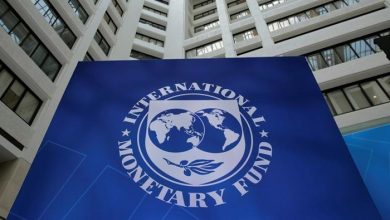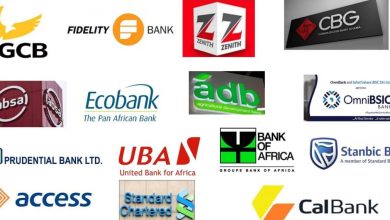BoG reduces Monetary Policy Rate to 29%

The Bank of Ghana (BoG) has lowered its Monetary Policy Rate by one percent.
In effect, the rate that commercial banks use as a reference for lending has been reduced from 30 to 29 per cent after six months.
The rate has remained at 30 per cent since July 2023 to keep inflation under control.
The business community and industry players had called for a rate drop to boost operational activities and expand credit to the private sector.
At its 116th monetary policy announcement today, the Bank of Ghana cited a significant decline in inflation, a stable currency rate, and relatively strong economic growth on both the domestic and global as reasons for the cut.
Governor, Dr. Ernest Addison added that although the ease in inflation indicates the efficiency of its inflation-targeting framework, it will continue to monitor developments and respond appropriately to tame to elevated risks to inflation.
“Global inflation had triggered a pause in monetary policy tightening across key economies. Global economic activity moderated somewhat in the year, with declining energy and food prices together with tight energy policy but exerted downward pressures on headline inflation.
“Although major central banks have paused on their major policy rate hikes due to declining inflation, global financing inflation conditions remain tight as the past effect of the restrictive policies continues to keep borrowing costs high. The global outlook remains uncertain, with geopolitical tensions and its potential spillovers to the commodities market acting as a major risk factor to most economies.”
“On the domestic economic, there are clear indications that the current macroeconomic framework being implemented with the IMF PCF programme is yielding positive results. The macroeconomic fundamentals have all trended in the right direction. Both headline and core inflation are declining and projected to desolate further. Inflation expectations seem well anchored. Fiscal policy implementation is broadly in line with the expectations.
“The current account balance is in surplus and will likely remain so in the near term. The foreign exchange build-up has been strong and should support the stable exchange rate outlook. The benchmark key interest rate indicator, the United One Day Treasury Bill Rate also declined over a year in response to macroeconomic conditions,” he stated.









